U4- Architecture through the history part 2
HIGH MIDDEL AGES
6th century
It´s pre-eminently religious with an emphasis in the interior and very discreet exterior. The only architectural ensemble of relevance is the Magnum Palatio.
There was also a demand to construct buildings such as hospitals, orphanages…
Roads are modified to connect religious buildings. Stone is widely used either in a hurry in construction or to save on materials.
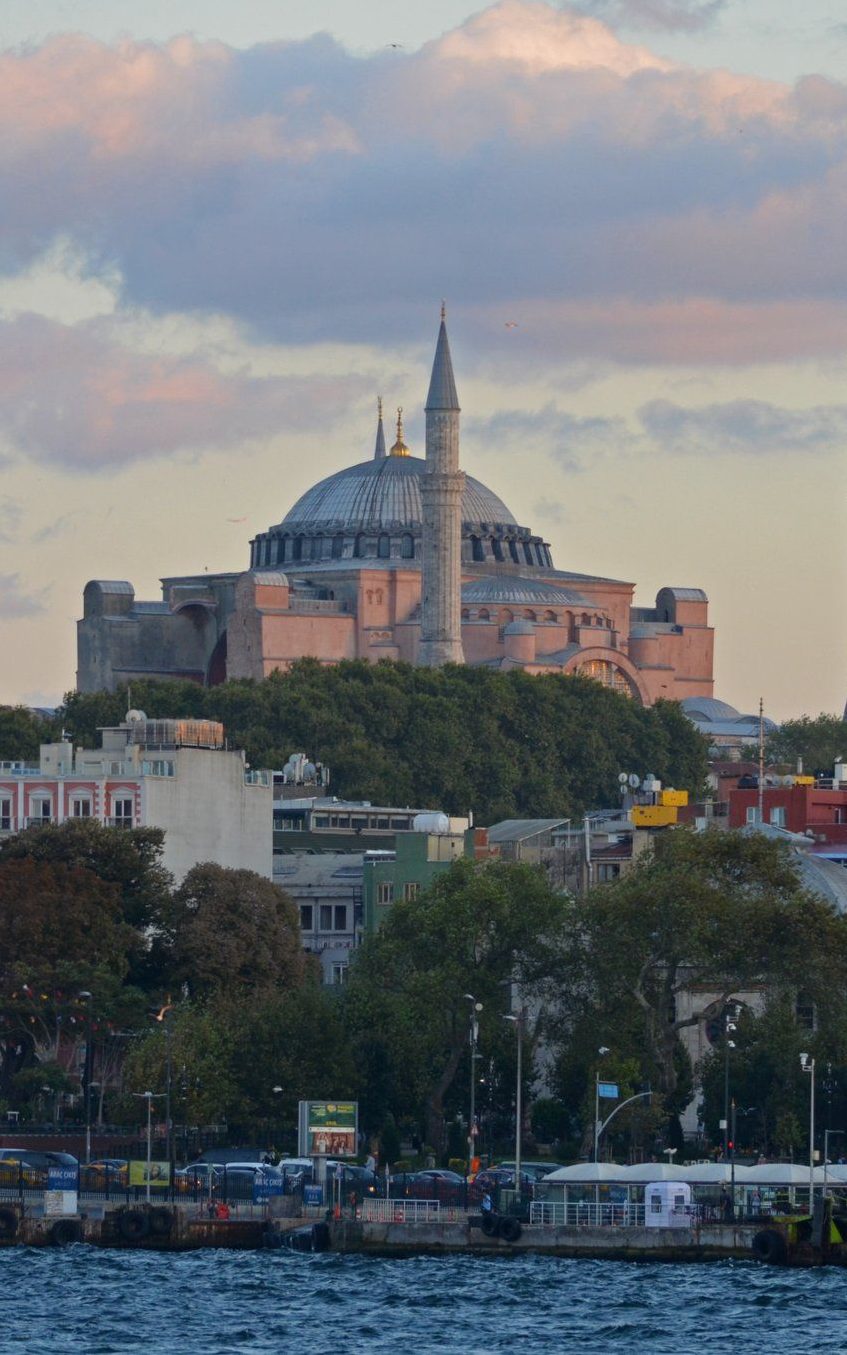
Hagia Sophia
during this period, the most important churches were built, this building represents the union between the empire and the church.
They were a combination between the central plan of the roman buildings with dome and the roman basilicas in the interior which were intended to create a mystical image of heaven.
Military architecture

the new cities developed in very small areas in order to concentrate resources and defend better in case of attack.
The Byzantines brought different novelties to the military architecture. Justinian began a systematic program of reinforcement of the cities. It is the passage from the city to the military fortifications.
There was a new system, a pyramidal one, of vassalage and control of territory that focuses on the kingdoms, countries, duchies, marquisates….
In medieval pre-Romanesque architecture castles were developed. This typology arises towards the 8th century and extends throughout Europe.
Lombard’s
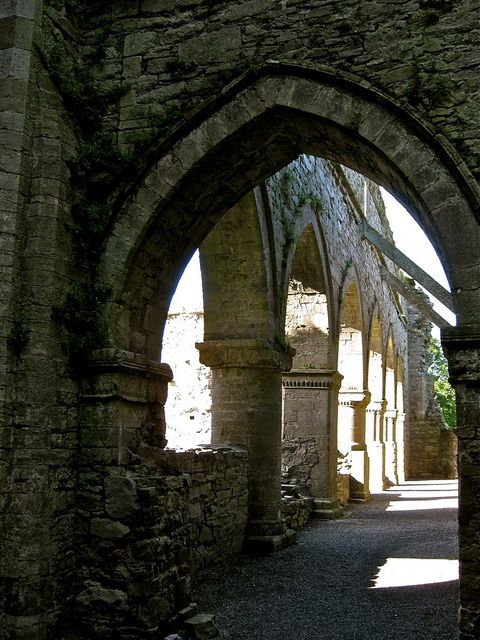
(6th-8th) They were Romanised populations and converted to Christianity since the 5th century. They acquire a uniform style, although with different languages according to the promoters.
They had great training in goldsmithing, which is why it is believed that many elements had applications of stained glass pastes as if they were jewels. The activity developed in the north of Italy.
Visigoths
(7-8th) An ecclesiastical architecture was developed that takes up the model of the traditional roman basilica. Among the most outstanding buildings are the churches of San Juan de Baños.
Carolingian
(9th century) Characterized by the desire to reaffirm classical art for this reason a systematic recovery is carried out. Once again, the religion is fundamental for the constructions of monastery throughout Europe. And an innovation was the introduction of the westwerk.
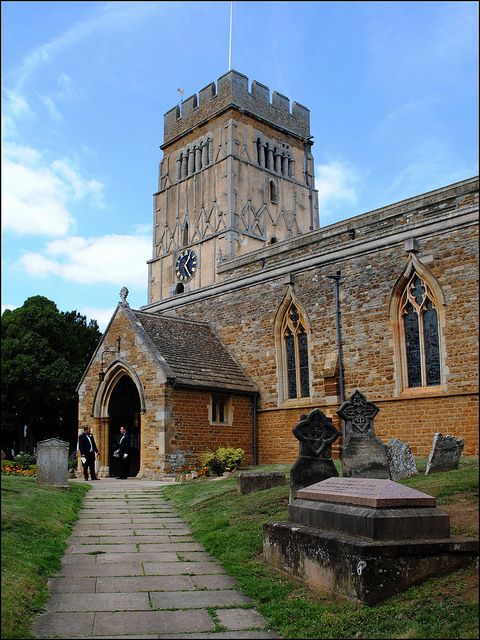
Saxons
(9th) The Otonians collected the Carolingian stylistic and cultural reminiscences to confirm the existence of the link with the Christian emperors
Among the innovations of the architecture is the use of galleries or tribunes, as well as the alternation of supports.
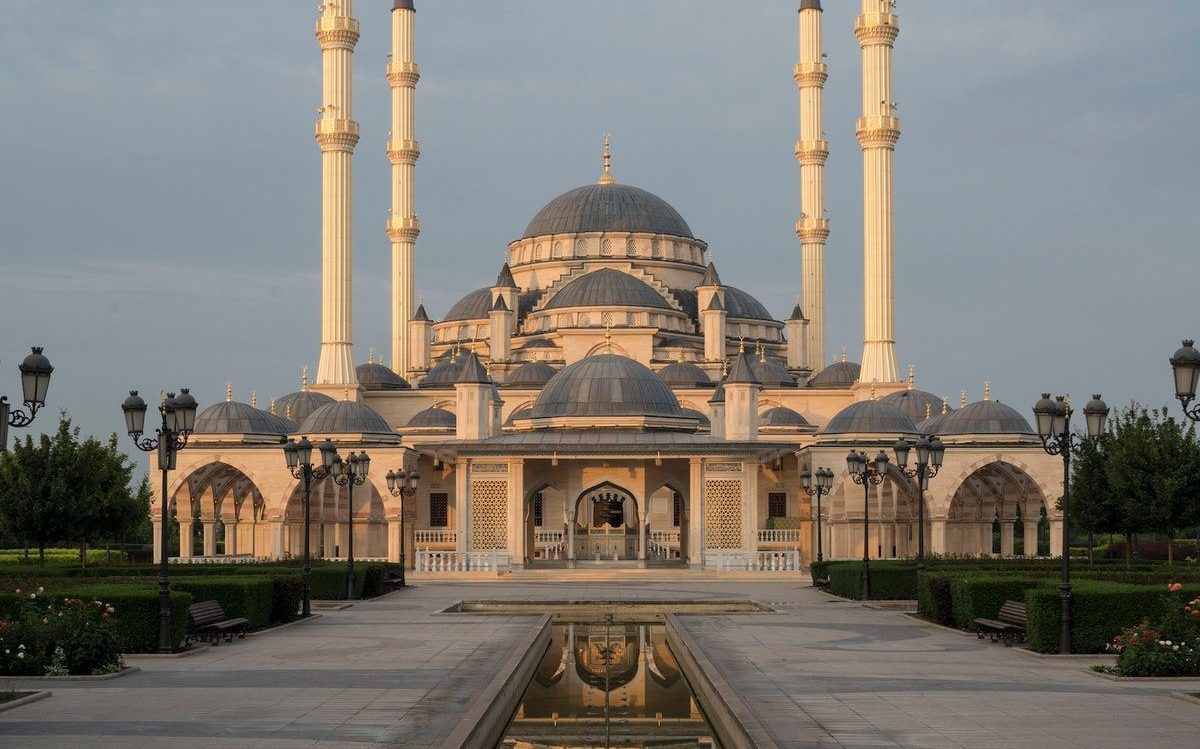
ISLAMIC
(8-15TH) There are still traces of many fortresses. A common feature of Islamic architecture is the use of towers and water. Islamic architecture produces new architectural types such as mosques and gatherings and baths for hygienic and religious purposes.
The ornamentation serves to create an atmosphere through plays of light and colour.
ROMANESQUE
(10-12th) They were associated with the art of the Normans, due to the political instability, the feudal lords usually fortify the cities and the palaces that become castles. Religious buildings are books made of stone, characterized by large masses and heavy proportions. Due to the evangelization of religious orders, crusades and pilgrimages, the Romanesque is spread throughout Europe.
GOTHIC
(S.XII-SXV) It´s considered as the art of the Barbarians. The emergence of an artisan commercial middle class makes a new type of city flourish: the Burgos.
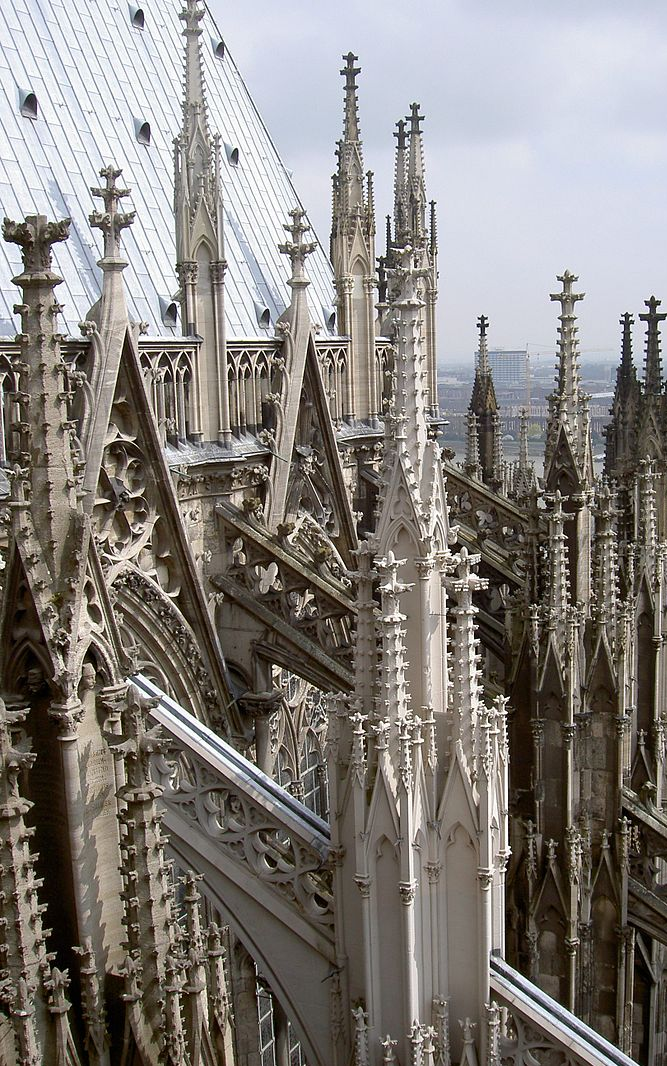
They began to test a novel system consisting of reinforcing the roman vault with diagonal ribs. It is understood that absorbing weight vertically is easier than absorbing lateral forces.
Cathedral
they were a great testing ground for architectural experimentation, including a series of improvements such as pointed arches and ribbed vaults.
The decorations are usually very fine frescoes directly on the stone with religious motifs, starry skies and sometimes feigned stone or brick.
Civil buildings
between town halls, stately palaces, universities, fortresses, bridges…
REINASANCE
(15-16th) The church suffers a great crisis that leads to the schism of the west. In the 15th century in Italy and mainly in Florence, an important urban culture emerged.
Optimism and confidence in human potential arise. Humanism was a philosophy that emphasized the importance of human values and achievements. The interest in the recovery of Romanity arose in Italy and then spread to Europe. Roma works can still be seen directly and the perspective in rediscovered. The books of Vitruvius are reproduced and studied and illustrated with drawings. The new architecture had to be rationally understandable, formed by planes and spaces organized according to clear and decipherable numerical proportions.
Filippo Brunelleschi
architect, humanist, goldsmith, sculptor, mathematician. He rediscovered the laws of perspective by formulating the base of mathematical perspective and applying it to architecture, constructing space in an intellectual and rational way.
Leon Battista Alberti
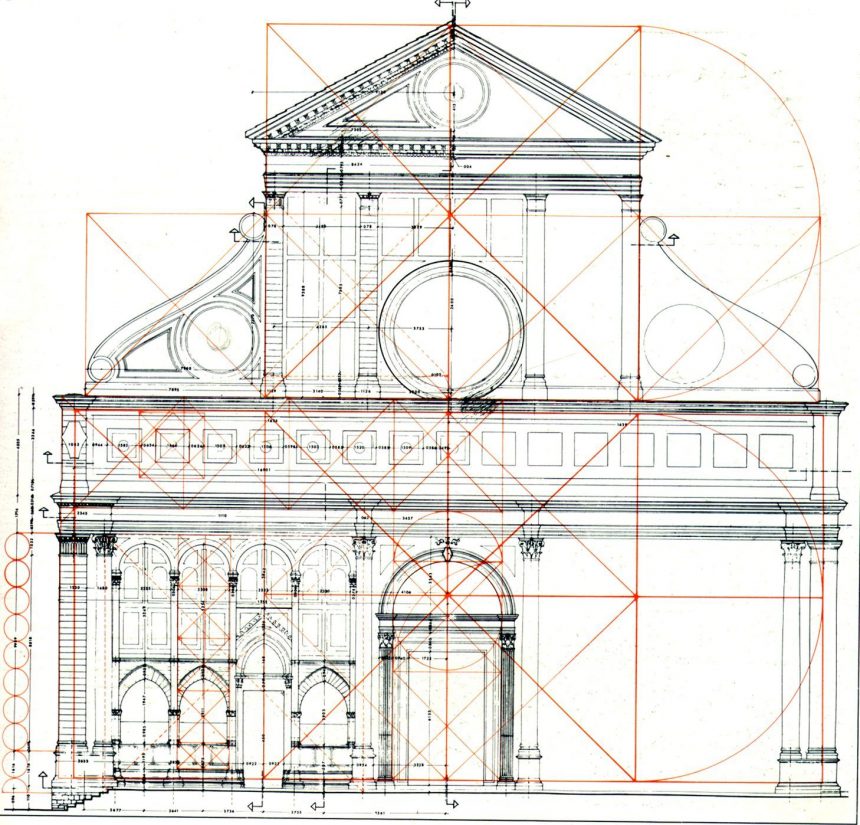
he has built works in influence, Rimini and Mantua, among other cities. Its building were full of demonstrative intentions and subtle formal resources oriented to proportion, which is the essence of architecture.
Andrea palladio
the bulk of his work consists of more than 40 country villas that he built in the vicinity of Venice and Vicenza for the venetian nobility. Based on his music studies, he designed his villas using numerical systems of proportionality for the rooms, devising a variety of typologies characterised by simplicity of the floor plan, the compositional proportion, and the functionality.
Michelangelo Buonarroti
his work was developed in Florence and Rome, his patrons were medici family and other roman popes, Michelangelo illustrates the transition between renaissance and mannerism, with very important works where it is seen that he uses the classical elements transforming them or manipulating them and transgressing the classical designs.
BAROQUE
Linked to the monarchy, aristocracy and the church.it showed an interest in the natural environment. Baroque architecture and subsequent rococo is an effort to obtain the maximum possible effects from the moulded space it is the spatial liberation. The deciding line between reality and illusion is blurred, with decorations that rise towards the sky that frame the scenes.
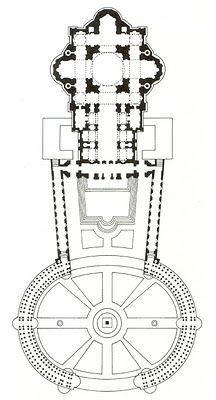
Gian Lorenzo Bernini
Italian architecture, sculpture, and painter. Its architecture pursues the emotional impact. He uses warm, shimmering colour tones and plays with contrast between dark and light to accentuate the focal point of the composition towards the saint.
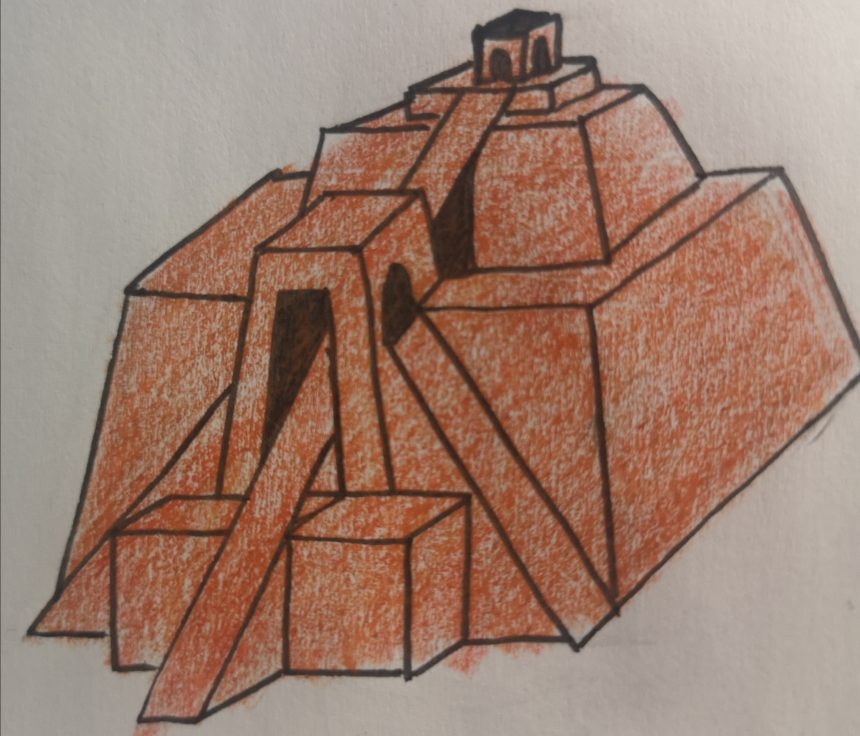
Francesco Borromini
The most original and revolutionary architect of the six hundred. His work was always based on simple geometric elements, triangles, circles, and ellipses whose translation and spatial manipulation
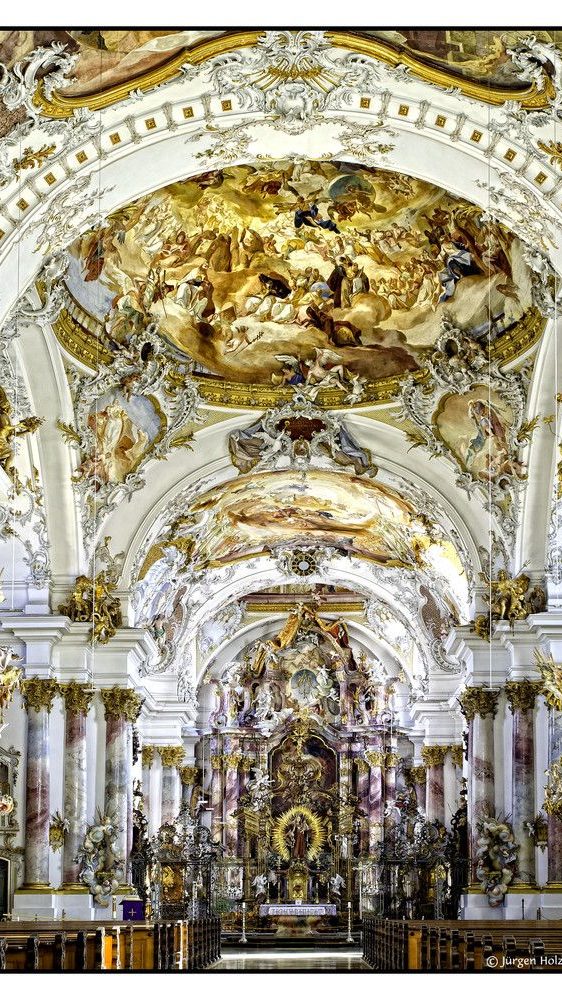
Rococo
It is artistic fashion born in the French courtly environments. It begins as fashion in the warm and dreamy interior spaces, which contrast with the conditions of dirt and unhealthy exteriors.
NEOCLASSIC
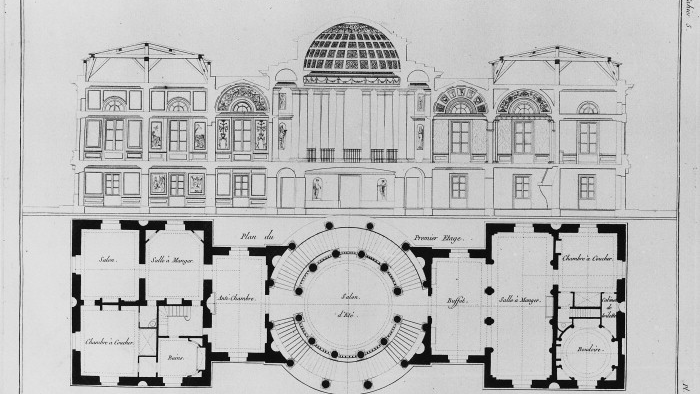
(18-19th) It was an extraordinarily confusing and contradictory historical moment. The 18th century was called the age of Enlightenment. Vitruvius was once again a fashionable author like renaissance humanism. After baroque and rococo there was a radical change towards a rational architecture. The neoclassic style was linked to the idea of public services and educational functions of the buildings. It was in this context that the museum was born to didactic form.
19TH CENURY
The industrialization produced an increase in population. New material was provided by industry appeared. Cast iron and glass.
Polytechnic schools and international exhibitions were founded. In the mid-nineteenth century in response to the course of evasion to the subconscious and romantic born a new vision of art: realism
20th CENTURY
Art Nouveau, Modernism, Liberty, Jugendstyl
Under the optimistic spirit of the end of the century fostered by the well-being of the industrial bourgeoisie an aesthetic taste was developed that broke with historicism to follow new and modern ideas.
It is characterized by clean lines, curves and undulating inspired by nature and oriental art, with geometric formal simplification towards two-dimensionality.
The Avant-garde
The openness to other cultures and civilizations leads to a reflection on the conventionality of artistic expressions in history to propose new points of view
Art Nouveau -Modernism
This new language lasted a short time, around 1910 it was extinguished due to the excessive cost of handcrafted products. In Valencia, the modernist works of interest are the Estación del Norte, the Colon market…
Expressionism, Cubism, Futurism
1900-1914 The diffusion of photography, which well represents reality, demystifies realistic art by rethinking plastic art. These new approaches are reflected in architecture. As in painting, expressionist architecture is built with expression, distorting the rational form to express the spirit.
Surrealism, abtractism, …
1913-1932 Constructivism, the architectural expression of abstractism, is characterised by rejecting the excess of bourgeois decorative charge and ornamentation, and by adopting an abstract geometrization in rejection of the figurative past. The result was an architecture based on simplicity, in pure lines and geometric forms with diaphanous, shared spaces, making equal use of light and poor materials reflecting communist ideology.
Abstract aesthetics in Germany translated into Bauhaus rationalism that pursued functionality, industrialisation, seriality and economy through elementary volumes, clean planes without decorations, straight lines, pure colours, Nat roofs, large glazing, and the absence of façade hierarchies. The Modern Movement was born.
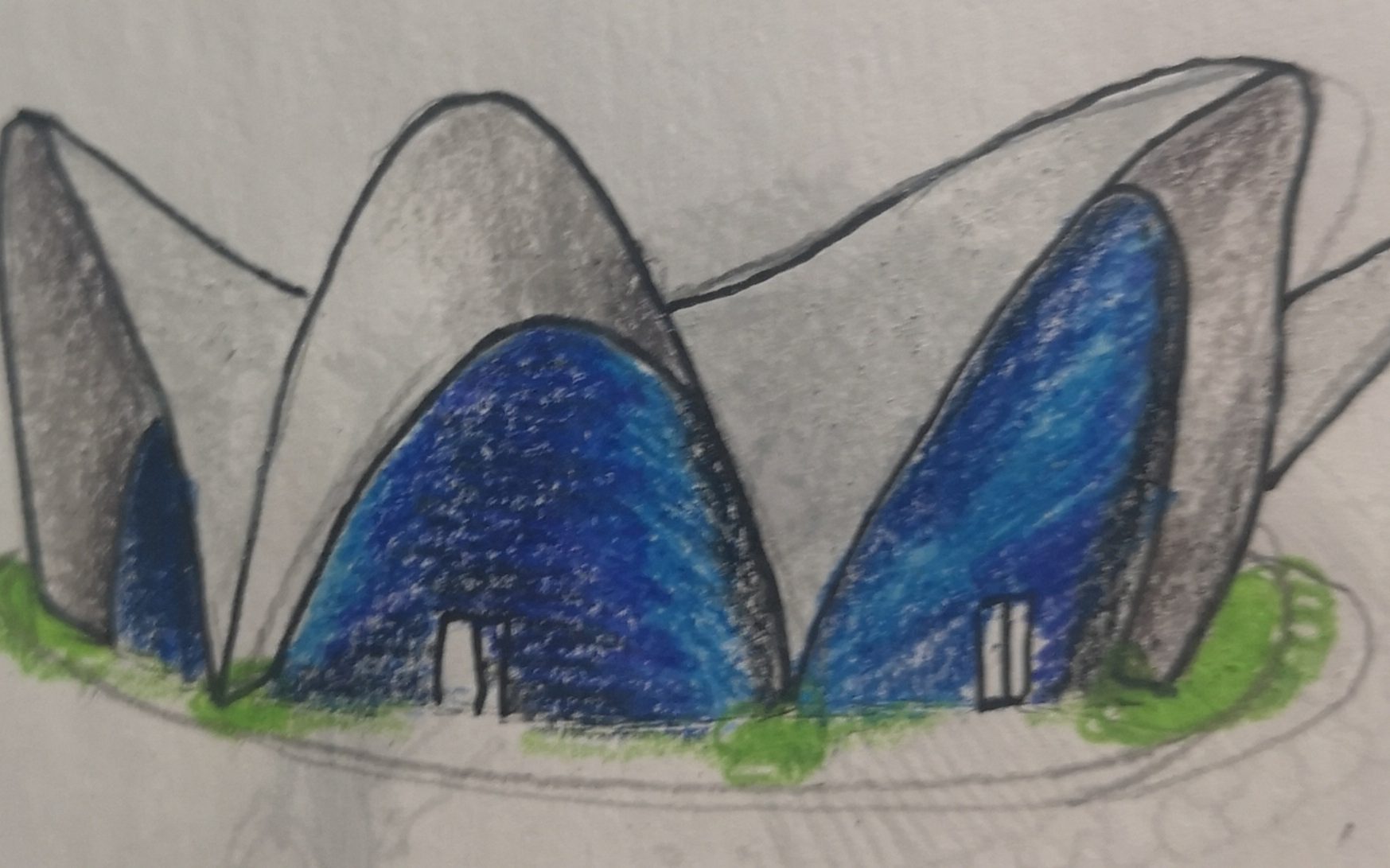
Post-war period
1950-… One of the predominant aspects of the 1950s and 1960s is the need to measure oneself against the change brought about by the masters of the Modern Movement: faced with their great contribution, the dichotomy is either continuity or revision. Beyond this duality, the great complexity of proposals that existed in the architecture of the first decades of the century, at the same time as the Modern Movement, is being revealed.
Architecture in the 50S and 60S
Among the continuants who understand architecture as a sculptural object, there are others who challenge the functionalism of the architecture of the Modern Movement because it is dehumanised, and they consider that the function must be adapted to the needs of the human being within les cultural tradition and in its place.
Architecture since the 1960S
These are times of revolutions, utopias, and proposals, with much theoretical and practical experimentation where the personal individuality of the architect, the environmental sensitivities related to sustainability…. begins to have more expression.
To classify the architects of this era in a concrete architectural «style» is very risky
